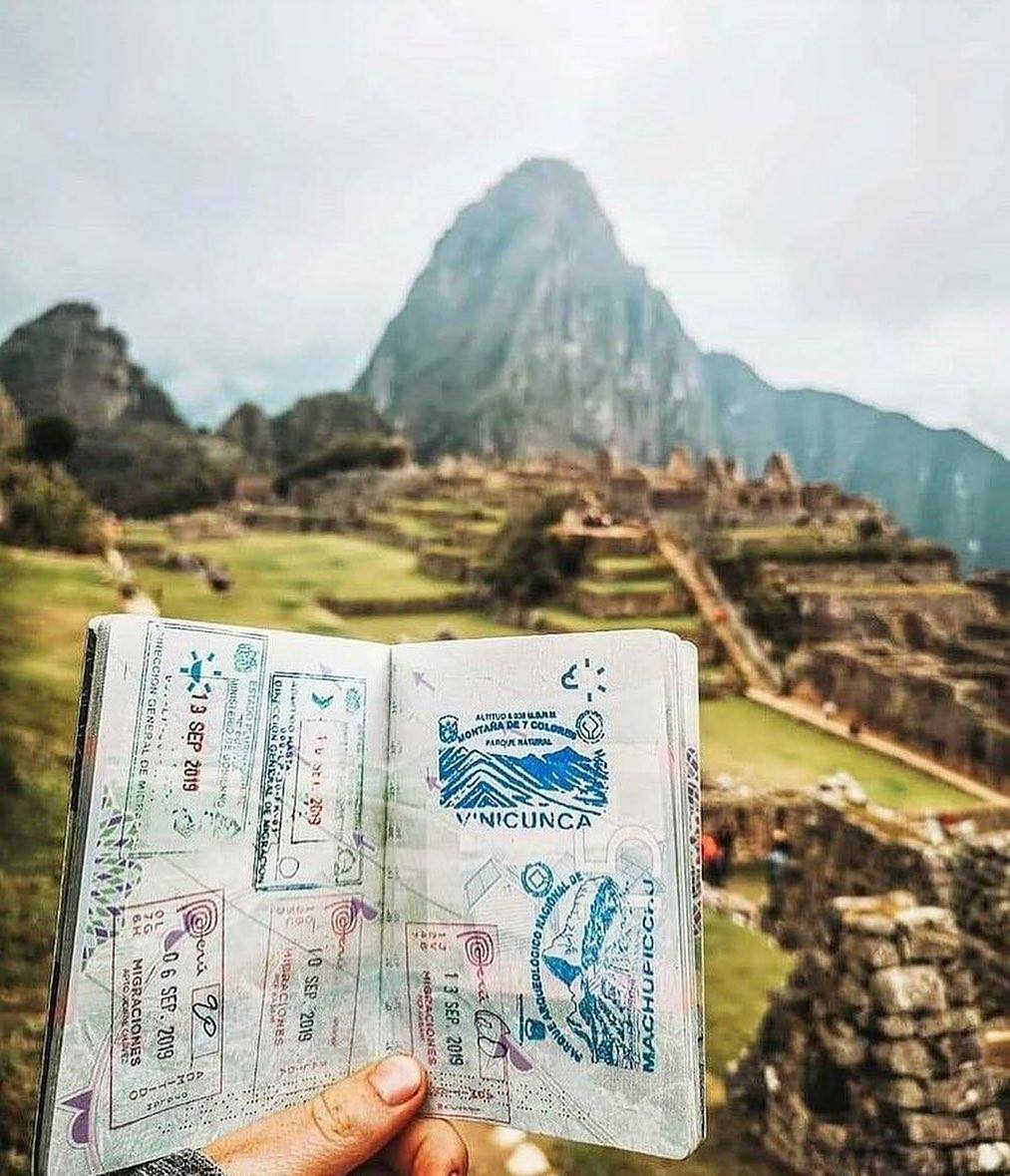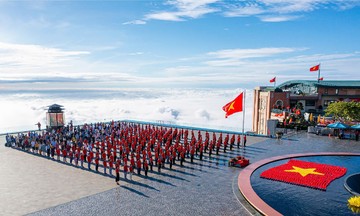For many travelers, each passport stamp collected from a famous destination is like a badge of honor, a tangible memory of their journeys. They see it as a unique souvenir, a way to remember the places they've visited.
However, experts warn against getting unofficial "souvenir" stamps in passports.
At popular tourist spots like Machu Picchu (Peru), the village of Llanfairpwllgwyngyllgogerychwyrndrobwllllantysiliogogogoch (Wales), or Checkpoint Charlie (Berlin), tourists are often offered souvenir stamps to commemorate their visit.
 |
A tourist gets a souvenir stamp in their passport at Machu Picchu, Peru. Photo: Valencia Cusco Travel |
A tourist gets a souvenir stamp in their passport at Machu Picchu, Peru. Photo: Valencia Cusco Travel
These seemingly harmless stamps can cause trouble at border control. Some countries consider them passport modifications or security risks. There have been cases where travelers were forced to get new passports because immigration officials refused entry due to "damaged" or "altered" passports.
Jamie Fraser, director of a US summer camp company, notes that while souvenir stamps look appealing and evoke a sense of adventure, allowing anyone other than a border official to stamp a passport risks invalidating the document. He explains that each unofficial stamp puts travelers at the mercy of each country's interpretation. "It's a small mark on a passport page, but it can cause big problems," Fraser said.
The UK government considers unofficial stamps, markings, or handwriting as signs of passport damage. Other examples include tears, missing pages, blurred information, ink stains, water damage, or detached covers.
Experts recommend that tourists request souvenir stamps on paper or postcards instead of their passports. They also advise against writing or drawing in passports. Before each flight, travelers should check every page for unusual marks or symbols. If concerned, they should renew their passports early to avoid travel disruptions.
Anh Minh (DM)












